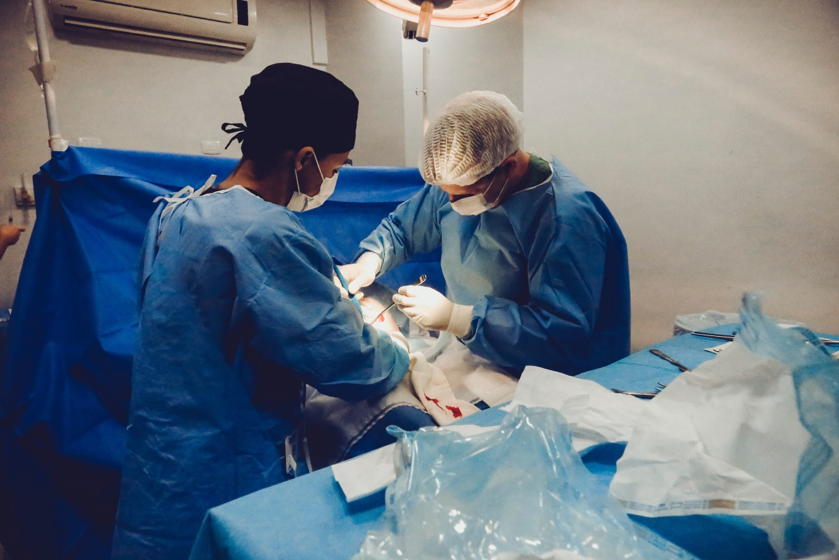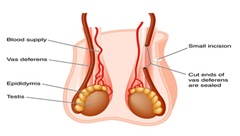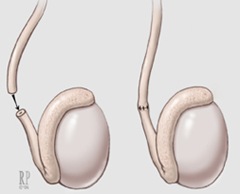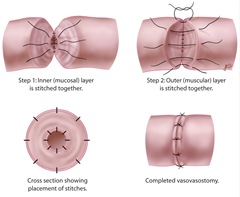Doctors perform the vasectomy reversal operation to undo a vasectomy. When performing this operation, the surgeon attaches each vas deferens (tubes that carry sperm to the semen.) Once a vasectomy reversal procedure is complete, men can reproduce again. The pregnancy rates post vasectomy reversal usually range from thirty to ninety percent, depending on the procedure chosen by the surgeon.
In addition, various factors determine whether an individual can successfully achieve pregnancy after undergoing the reversal operation. Some of the most common factors are:
- The partner’s age
- Surgeon’s training and experience
- Whether the patient had any fertility problems before the vasectomy
Why do People Undergo this Procedure?
People undergo vasectomy reversal procedures for various reasons like remarriage, change of heart, treating chronic pain in the testicles post vasectomy, loss of a child, etc. Whatever the case, it is worth keeping in mind that vasectomies do not have a 100 percent success rate. Some individuals may think they underwent a successful vasectomy reversal procedure only to discover that they still cannot reproduce.
However, if you are serious about getting a reversal, it’s worth trying this procedure as its success rate is quite high.
Are There Any Risks Associated with Getting a Vasectomy?
While experts can reverse almost every vasectomy, there are no guarantees that you will successfully get your partner pregnant. You can still try this procedure many years after you get your vasectomy. However, the longer you wait for the reversal, the lower the likelihood it will work. It’s also worth mentioning that vasectomy reversals seldom result in serious complications. Some of the risks associated with this procedure are as follows:
Scrotum Bleeding: Sometimes, a vasectomy reversal can cause the patient to suffer from bleeding in their scrotum. Issues like this can result in hematoma, causing much swelling. If you face such issues, it would be best to follow your surgeon or doctor’s advice to use ice packs post surgery, utilize scrotal support, get enough rest, etc.
Chronic Pain: While chronic pain after a vasectomy reversal isn’t too common, some people may experience it. Individuals who experience chronic pain after a reversal must immediately consult with their physicians.
Possible Infections: People who undergo vasectomy reversal procedures get infections at the surgery site. However, there is still a chance. In such situations, your doctor may prescribe you antibiotic treatments.
How to Prepare for the Procedure
Are you thinking about reversing your vasectomy? If so, you must consider a few things:
- This procedure can be costly, and it’s important to learn about its cost in advance as most insurance options don’t cover it.
- The surgery generally has a higher success rate when performed by an expert trained in microsurgical techniques.
- Occasionally, a vasectomy reversal operation may require a complicated repair, also referred to as vasoepididymostomy. So, ensure your surgeon has the skills and experience to execute this procedure properly.
The Vasectomy Reversal Operation: Final Thoughts
Getting a vasectomy reversal can be a massive decision for most people. While the procedure has high success rates, certain risks are involved, and you may not get the desired results. For this reason, it is vital to consult an expert before getting a procedure.
If you’re unsure whether you should get a vasectomy reversal, get in touch with Dr. Yaniv Larish. He and his team of experts will evaluate whether you are fit for a reversal and perform it with the utmost care. Make sure to follow their pre and post surgery instructions to ensure your procedure goes smoothly and has the best chances for success.
Call today for a consultation.
Yaniv Larish, MD
4 East 76th Street
New York, NY 10021
(646) 862-5500




